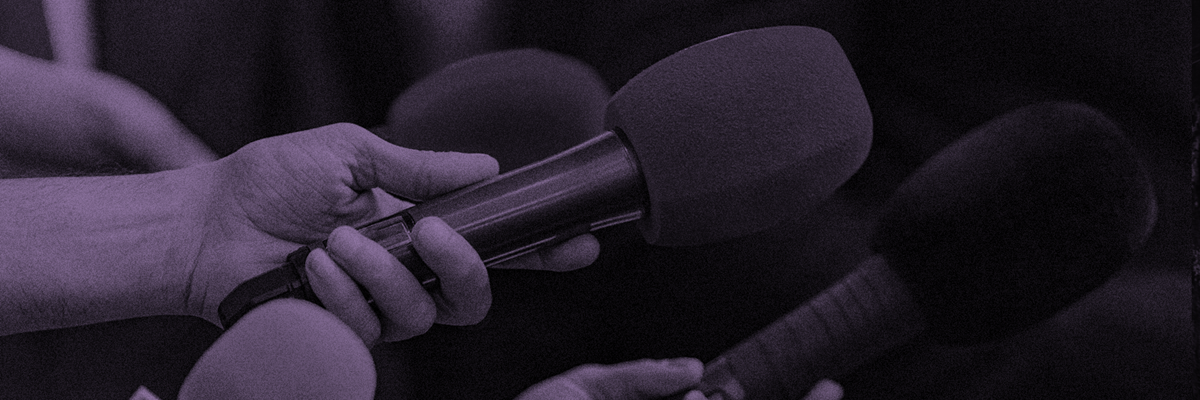Safety at Christmas
Love it or loathe it, if you haven’t embraced the ‘housebling’ phenomenon, the chances are that your neighbours have with more than one in four households set to decorate the outside of their homes this Christmas, according to research from the Electrical Safety Council.
Whether indulging a few twinkling white icicles around doors and windows or a full on festive light extravaganza that covers every inch of brick, complete with flashing reindeer on the roof, if you are adding some festive bling to your home, says the Electrical Safety Council, make sure you do it safely.
Phil Buckle, Director of Charitable Affairs at the Electrical Safety Council, explains, “Many people enjoy cheering up the outside of their homes with festive lights in the run up to Christmas but using electricity outdoors carries increased risks because of the damp conditions. Our research also revealed that more than 50% of people regularly leave their lights on for long periods of time when they leave the house or go to bed, creating an overheating hazard.
“We want to encourage people to make some basic safety checks before putting up their decorations this year to make sure they have a safe and happy festive season.”
The first thing is to make sure your lights are designed specifically for outdoor use. Christmas lights suitable for outdoor use should display a ‘waterdrop’ symbol or IP Code on the packaging. The higher the IP number the greater the protection. To ensure that lights are safe for use outside they should have a minimum ‘rain-proof’ or IPX3 rating.
The safest Christmas lights operate at extra low voltage (sometimes described simply as ‘low voltage’ on the packaging) significantly reducing the risk of electric shock, even if there is a fault or the bulb breaks.
“Your Christmas lights have probably been stored away for the past 11 months so it’s important to check the wires and connections for any signs of damage or wear and tear before putting them up. Broken bulbs should be replaced to prevent overheating,” says Phil. “But, any damage to the cable or the light fittings is dangerous and the lights should be disposed of and replaced with a new set.”
Lights should be connected to the electricity supply indoors via an RCD protected socket so that if a fault does develop the power will automatically cut out. If the wiring in your home isn’t RCD protected you can buy plug-in (portable) RCDs from DIY outlets for around £10.
The Electrical Safety Council also recommends the use of LED lights over traditional filament bulbs. Not only do these use around 10 per cent of the power of conventional lights – saving energy and money – but they generate less heat and so reduce the risk of fire. LEDs are also made of special plastic so there’s no worry about broken glass bulbs either.
Phil adds, “And, make sure you switch your lights off and unplug them before you go out or go to bed – even Christmas lights need a break.”
In the meantime, the Electrical Safety Council has the following advice:
Never
- use lights outdoors unless specifically designed for such use
- connect different sets of lights together
- remove or change bulbs while the chain is connected to the electricity supply
- overload sockets and try to avoid the use of extension leads or adaptors
- use or attempt to repair lights that are damaged or faulty – replace them
Always
- check that your Christmas lights are not damaged or broken before use and look out for loose wires
- ensure all outdoor lights are connected via a 30mA RCD protected socket indoors. An RCD will provide added protection against electric shock
- replace failed bulbs as soon as possible to prevent overheating
- use only replacement bulbs of the same type and rating as those originally supplied with the lights
- switch Christmas lights off and unplug them before you go out or go to bed
For further information contact media@electricalsafetyfirst.org.uk
